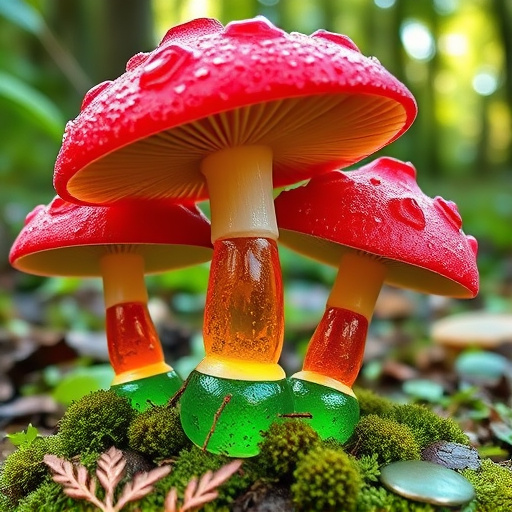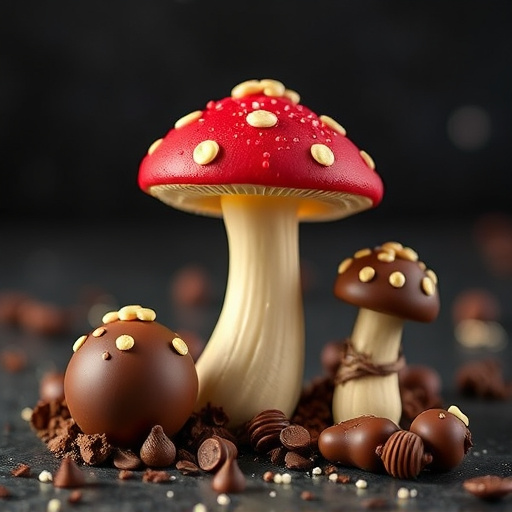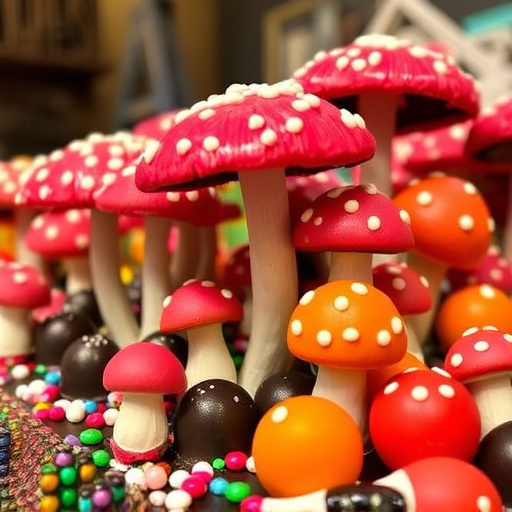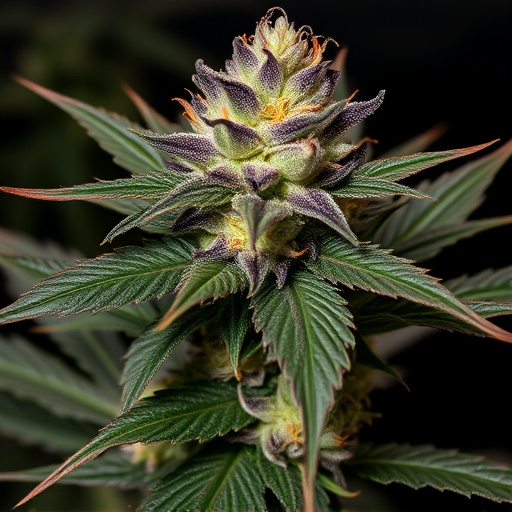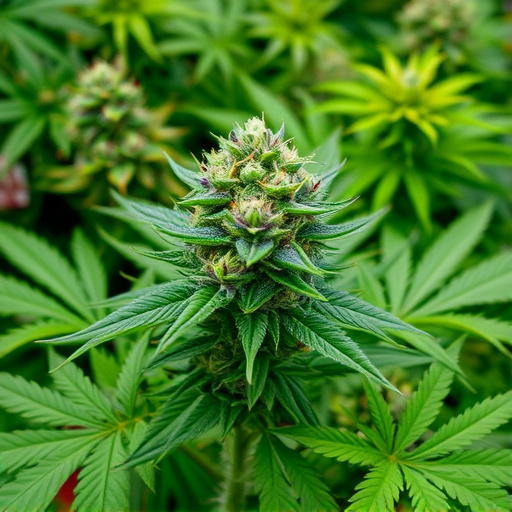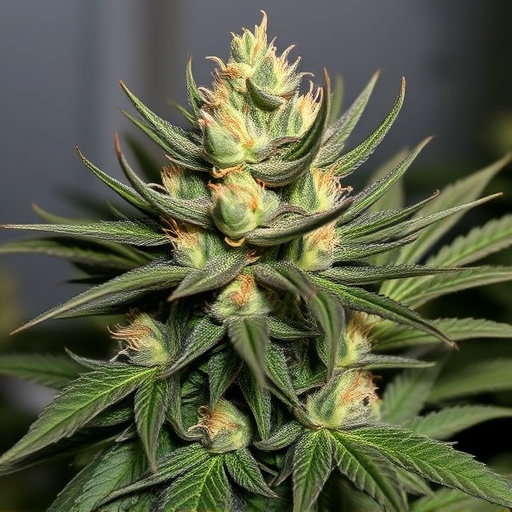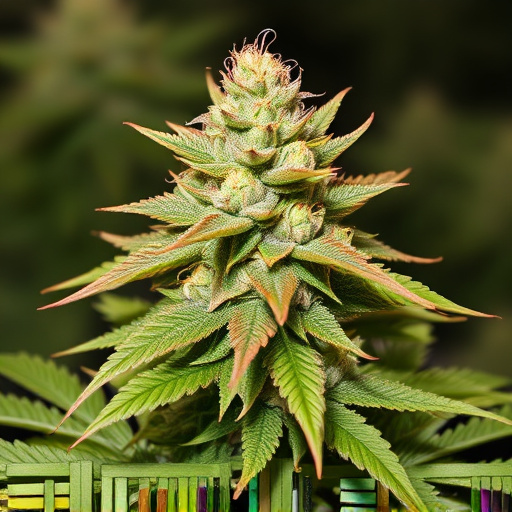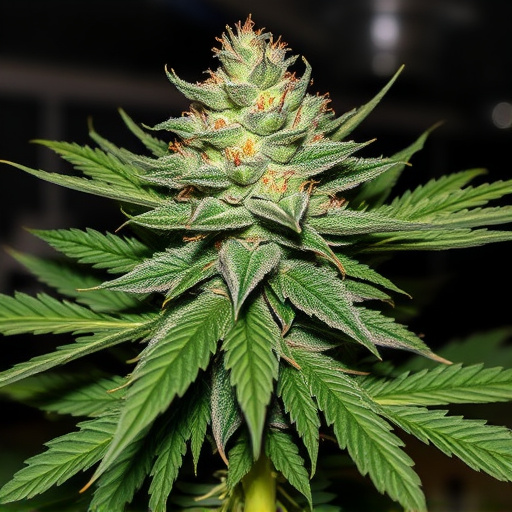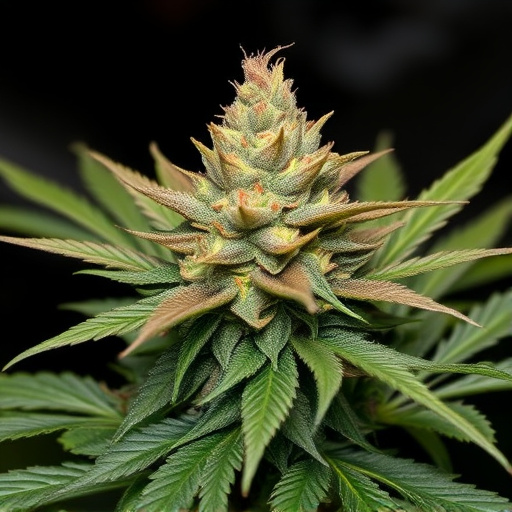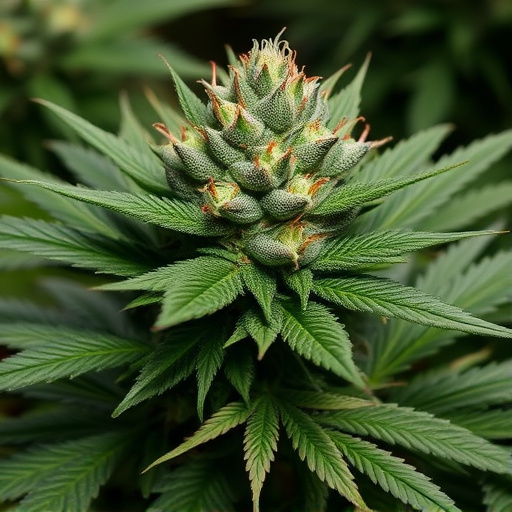Lighting plays a crucial role in cannabis cultivation, impacting plant growth, cannabinoid production, and terpene profiles, especially for coveted big bud strains. Blue lights promote vegetative growth ideal for dense flowers, while red lights stimulate flowering and increase THC/CBD production. Optimal light exposure enhances terpene concentrations, significantly influencing the quality and appeal of big bud strains. LED lighting systems with balanced red and blue spectrums manipulate plant development, boost resin production, and control cannabinoid concentrations, ensuring these premium strains reach their full potential.
“Unveiling the Secrets of Premium Cannabis: How Growing Conditions Shape Quality
The quest for superior cannabis extends beyond genetics, with growing environments playing a pivotal role in shaping final product quality. From lighting that influences plant development to nutrient management and environmental factors like temperature and humidity, each aspect contributes to crafting the desired effects and flavors. This article explores these critical elements, offering insights into how they impact the cultivation of coveted big bud strains.”
- The Impact of Lighting on Cannabis Growth and Quality
- – How different light spectrums influence plant development
- – Optimal light duration and intensity for big bud strains
The Impact of Lighting on Cannabis Growth and Quality
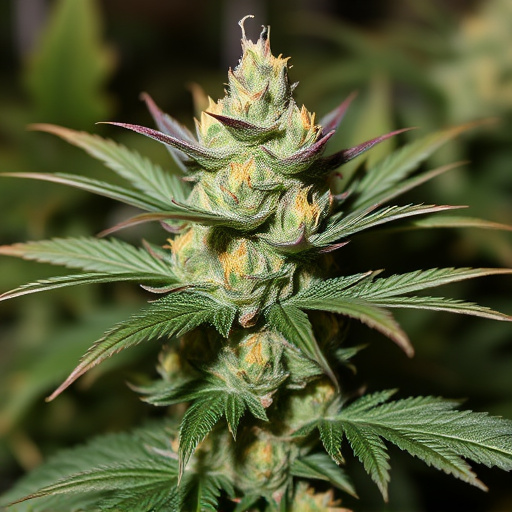
The quality of cannabis is profoundly influenced by various environmental factors, and lighting plays a pivotal role in this process. Different light spectra impact plant growth and development, leading to variations in cannabinoid production and terpene profiles. For instance, blue lights with shorter wavelengths promote vegetative growth, encouraging lush foliage and increasing the overall biomass of the plant. This is particularly beneficial for cultivating big bud strains known for their dense, large flower structures.
On the other hand, red lights with longer wavelengths stimulate flowering and maturation. As cannabis plants transition from vegetative to reproductive stages, the balance shifts towards producing more cannabinoids like THC and CBD. Terpenes, responsible for the distinct aromas and flavors of different strains, are also influenced by lighting. Optimal light exposure allows growers to nurture big bud strains with enhanced terpene concentrations, contributing to the overall quality and appeal of the final product.
– How different light spectrums influence plant development
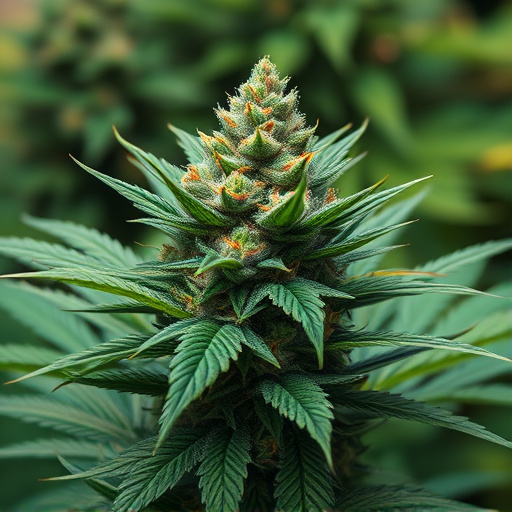
Different light spectrums play a pivotal role in shaping the development and quality of cannabis plants, particularly for coveted big bud strains. The visible light spectrum, ranging from red to blue, triggers specific physiological responses in the plant. Red light, with its longer wavelength, is absorbed by chlorophyll and promotes cell stretching, leading to longer, more robust stems and increased leaf area. This is beneficial for big bud strains as it encourages abundant canopy growth, a key characteristic sought after by cultivators. On the other hand, blue light suppresses stem elongation but stimulates the production of aromatic compounds and terpene profiles that contribute to the plant’s unique flavour and aroma.
The balance between red and blue light is crucial for optimal cannabis cultivation. Many growers use LED lighting systems that allow them to precisely control these spectrums. By manipulating the light spectrum, cultivators can guide the plants’ development, enhance resin production, and even influence the concentration of specific cannabinoids like THC and CBD. This scientific approach ensures that big bud strains reach their full potential, resulting in premium-quality cannabis products.
– Optimal light duration and intensity for big bud strains
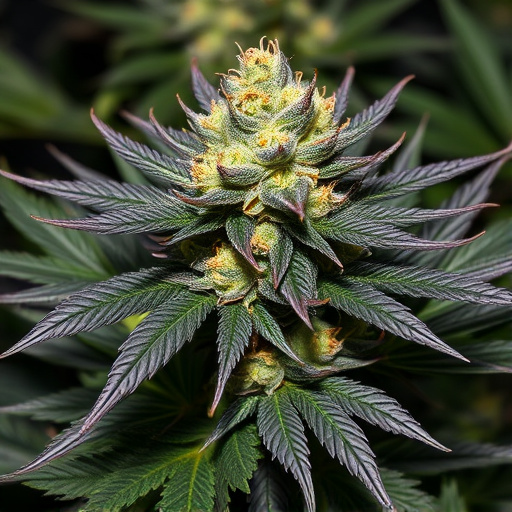
The cannabis plant, particularly varieties known for their dense, large buds like big bud strains, have specific light requirements to thrive and produce top-quality flowers. These plants typically prefer a longer photoperiod, usually between 12-14 hours of light per day, which triggers floral development and results in more robust and potent buds. During this growth phase, ensuring high-intensity light is crucial. LED grow lights with full-spectrum output are often preferred as they mimic the natural sunlight spectrum, promoting healthy plant growth and maximizing cannabinoid production.
Optimal lighting conditions can significantly impact the final product’s quality. Proper light duration and intensity contribute to the plant’s overall health, leading to more robust stems, thicker leaves, and heavier buds. This is especially important for big bud strains, which are known for their dense structure and high cannabinoid content.
In conclusion, understanding how growing environments, particularly lighting conditions, significantly impact cannabis quality is paramount. For enthusiasts cultivating big bud strains, optimizing light spectrums and duration plays a crucial role in achieving optimal plant development and superior product outcomes. By tailoring light intensity and composition, growers can enhance cannabinoid profiles, ensuring high-quality, desirable cannabis for consumers.
